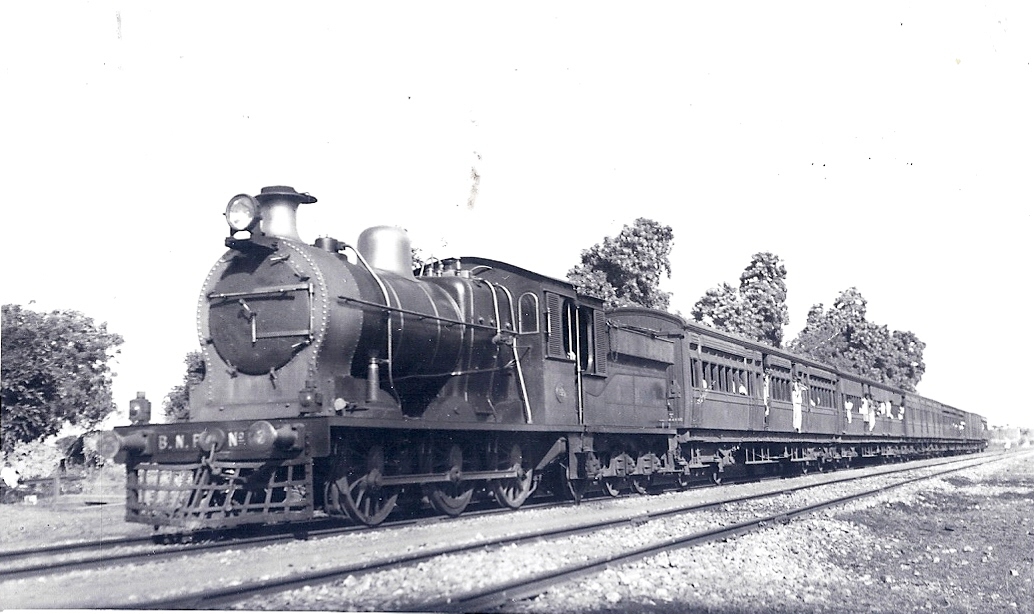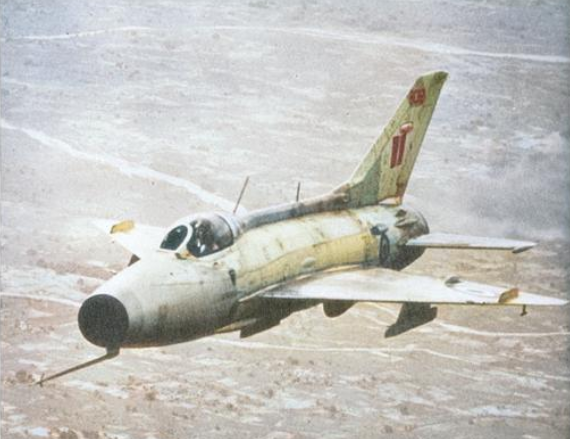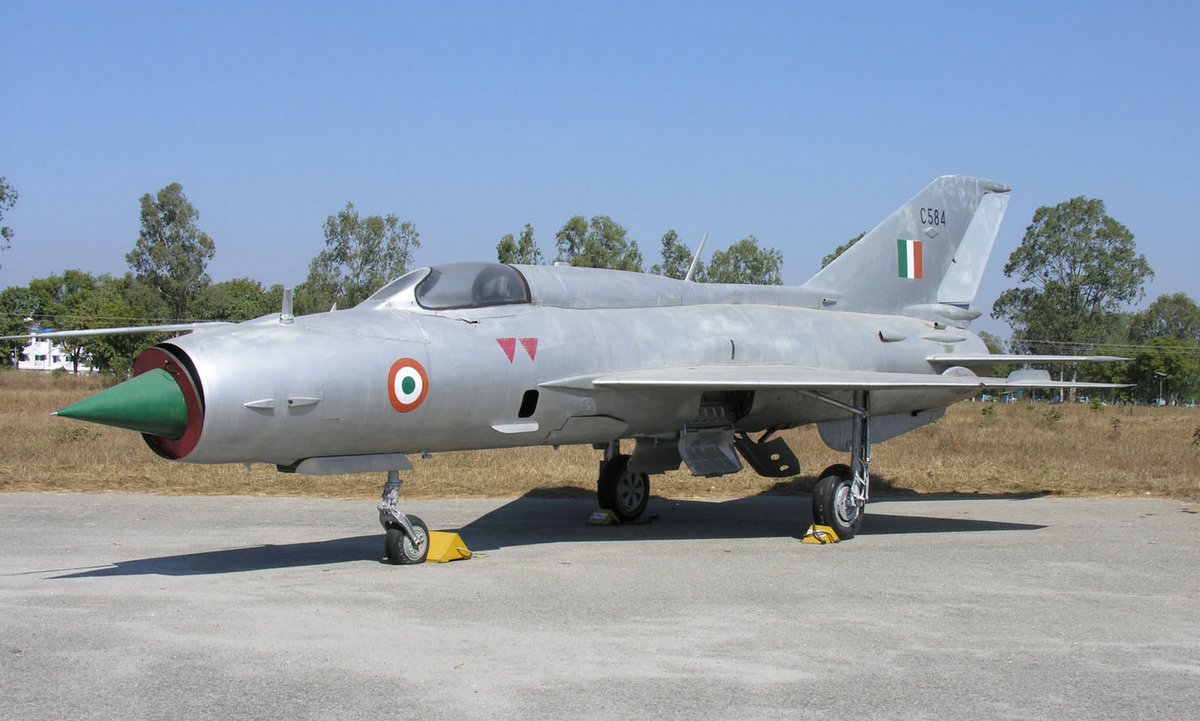The Bengal Nagpur Railway operated several classes of steam locomotives until its demise, including India's largest: BNR Class N "Beyer Garratt" type 4-8-0+0-8-4 steam locomotive Nr. 814 (built by Beyer Peacock Locomotive Works, Manchester-Gorton)
#railways #IndianRailways #India

#railways #IndianRailways #India
https://twitter.com/RupakChatto/status/1476260896959836170


Bengal Nagpur Railway - BNR Class GS 4-6-0 steam locomotive Nr. 414 "Duke of Connaught" (Robert Stephenson Locomotive Works 1920) 

Bengal Nagpur Railway - BNR Class F 0-6-0 steam locomotive Nr. 192 (Kitson Locomotive Works, Leeds
1902)
1902)

Bengal Nagpur Railway - BNR Class C 4-6-2 steam locomotive Nr. 00108 (North British Locomotive Works, Glasgow 1914) 

Bengal Nagpur Railway BNR K class compound 4-4-2 steam locomotive Nr. 2 (North British Locomotive Works, Glasgow 1907) 

Bengal Nagpur Railway BNR GSM class 4-6-0's of the Bengal Nagpur Railway, which hauled trains between Calcutta and Nagpur (1130km, 700miles). These locos were built around 1938, and could generate 154 hp at 100km/h (64mph). Here is an example that pulled Viceregal trains. 

In 1947, BNR also operated the short-lived streamlined train Silver Arrow using a modified WL 4-6-2 steam locomotive. The coaches produced for the service became the basis for the Model 1955 model Indian Coach Factory passenger coaches of the Indian railways. 



• • •
Missing some Tweet in this thread? You can try to
force a refresh

























